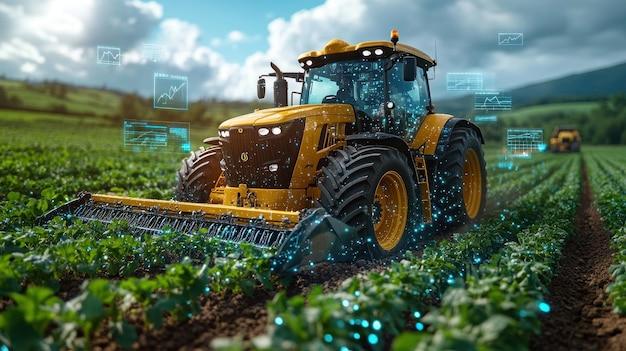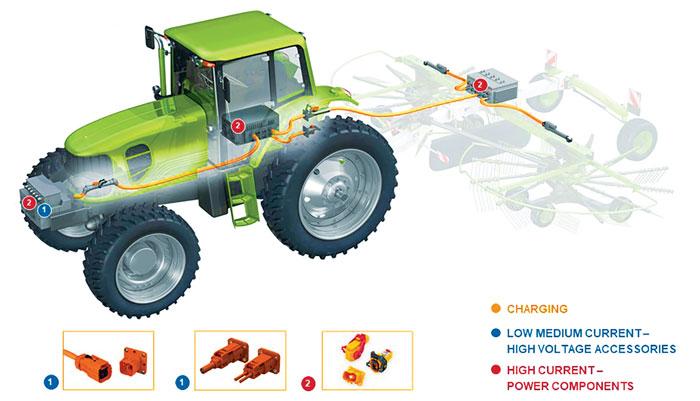The agricultural industry stands at the cusp of a meaningful change as electric tractors emerge as viable alternatives to conventional diesel-powered machinery. These innovative vehicles, equipped with high-capacity batteries and advanced motor systems, are reshaping farming practices while addressing environmental concerns. From reduced emissions to lower operational costs, the integration of electric tractors into modern farming operations marks a notable shift in agricultural technology, prompting both small-scale farmers and large agricultural enterprises to reconsider their equipment choices. The agricultural landscape is undergoing a dramatic shift as innovative electric tractors emerge,reshaping traditional farming practices. These cutting-edge machines combine advanced battery technology with robust performance capabilities, offering farmers a lasting alternative to conventional diesel-powered equipment.
Modern electric tractors feature high-capacity lithium-ion battery packs, delivering up to 10 hours of continuous operation on a single charge. The instant torque delivery characteristic of electric motors provides superior pulling power for heavy implements and challenging field conditions. Farmers report enhanced precision in tasks like plowing, seeding, and harvesting due to the smooth power delivery and reduced vibration levels.
Environmental benefits extend beyond zero emissions, as these machines operate with significantly reduced noise levels compared to their diesel counterparts. This reduction in noise pollution creates a more pleasant working environment and minimizes disturbance to livestock and neighboring communities. The simplified mechanical design eliminates the need for regular oil changes and reduces maintenance requirements, resulting in lower operating costs.
Smart technology integration enables real-time monitoring of power consumption, battery status, and performance metrics through mobile applications.Farmers can optimize their operations by analyzing usage patterns and scheduling charging sessions during off-peak electricity rates. Advanced models feature autonomous capabilities, allowing for predetermined field patterns and automated operations.
The economic advantages become apparent through reduced fuel costs and maintenance expenses. While the initial investment may be higher, farmers typically recover costs within three to five years through operational savings. goverment incentives and sustainability programs in many regions further offset the purchase price, making the transition more accessible for agricultural businesses of various sizes.Battery charging infrastructure continues to expand, with manufacturers developing rapid charging solutions and mobile charging units for remote locations. Solar-powered charging stations are becoming increasingly common on farms, creating a fully sustainable energy cycle for agricultural operations.
these electric tractors demonstrate exceptional performance in various weather conditions and terrain types. The sealed electric components provide better protection against dust, moisture, and environmental factors compared to traditional engines.The lower center of gravity, due to battery placement, enhances stability on slopes and uneven ground.
As adoption rates increase, manufacturers are expanding their electric tractor lineups to accommodate different farm sizes and applications. From compact models suitable for small-scale operations to powerful versions designed for large commercial farms,the range of options continues to grow. The integration of standardized charging protocols ensures compatibility across different brands and models.
Data collected from early adopters shows improved soil health due to reduced compaction,as electric tractors typically weigh less than their diesel equivalents. This unexpected benefit contributes to better crop yields and long-term soil sustainability, adding another dimension to the advantages of electric agricultural machinery.





